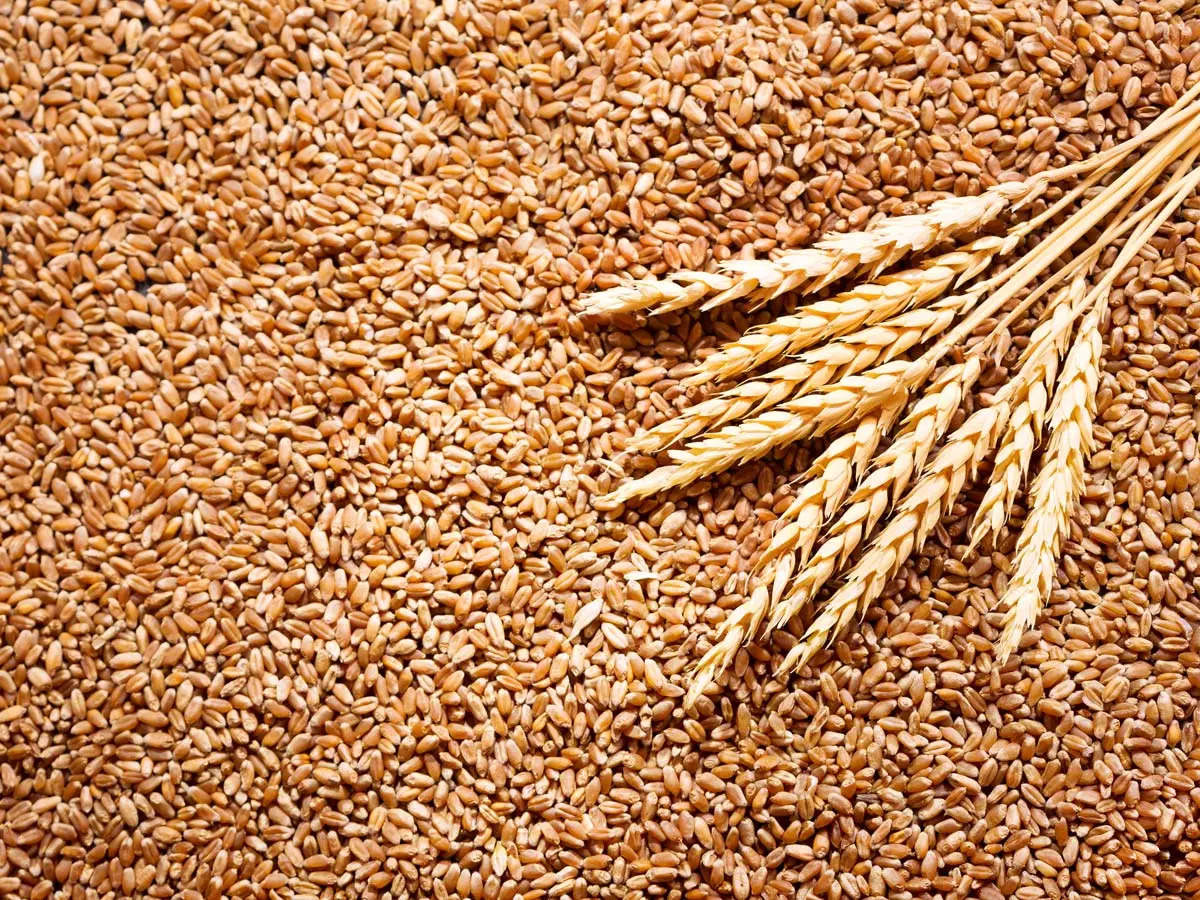



Article by: Hari Yellina (Orchard Tech)
Wheat is not only sown into Russia’s rich, black soil but also woven into the cultural fabric of the agricultural powerhouse that straddles Eastern Europe and Western Asia. The image of wheat stocks can be found on Russian and Soviet Union-era flags, monuments, and artwork, reflecting the food grain’s importance as a national symbol of abundance and prosperity.
Recognized throughout history as a leading wheat producer, it wasn’t until recently that Russia began flooding the international market with significant volumes of grain. In fact, throughout the latter part of the 20th century, Russia depended heavily on wheat imports to feed its people and its burgeoning livestock industry.
How did Russia go from being largely self-sufficient in wheat during the first 70 years of the 20th century to being among the world leaders in imports during the century’s last three decades, only to dramatically reverse course and become the world’s leading wheat exporter during the last five years? The fall and rise of the Russian wheat industry is a complicated story, influenced by international politics, domestic political and economic ideology, the country’s notoriously volatile weather, and the ups and downs of the domestic livestock industry.
William Liefert, formerly of the US Department of Agriculture’s Economic Research Service where he specialized in Russian and Former Soviet Union agriculture, describes the “black soil region” in southern Russia as being among the best agricultural land in the world.
In the following century, the czarist regime’s collapse in 1917 led to the Bolsheviks’ rise to power in Russia and the formation of the Soviet Union. After consolidating authority in the late 1920s, Josef Stalin pushed for mass industrialization, which included agricultural collectivism, as part of the new Soviet Communist vision.
Since June 2021, Russia has placed a floating tax on wheat exports, reportedly to tame food inflation, which has gripped the country, as well as most of the world, in recent months. Historically, Russia has been quick to impose export quotas or even bans during times of drought or domestic food inflation. In 2010, after drought devastated the country’s wheat crop, it imposed an outright export ban, a move that caused global wheat futures to spike and may have indirectly contributed to the Arab Spring uprisings in the Middle East.